Virtual appointments for canadians ONLY!
The Ultimate Furnace Guide: Choosing Between Single-Stage, Two-Stage, and Modulating Systems
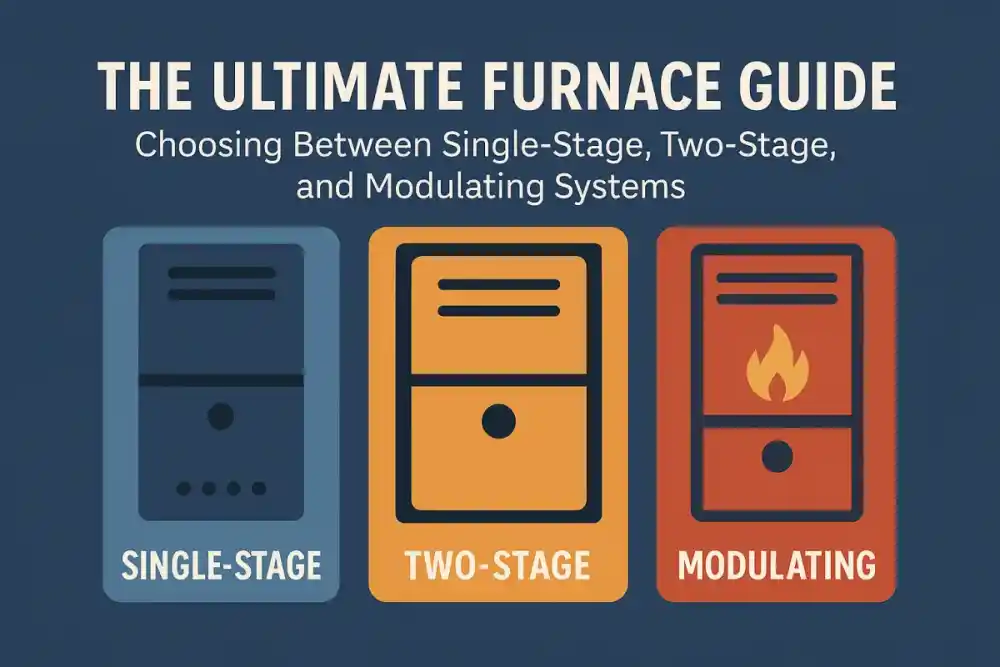
Replacing or installing a new furnace can feel like navigating a maze especially when terms like “single stage, “two stage” and “modulating” keep popping up during your HVAC research. Whether you’re searching for the most energy efficient furnace or wondering which option offers the best indoor air comfort in the long run, the right heating system makes all the difference especially in colder climates like Canada and northern parts of the USA.
What Is a Single Stage Furnace?
A single-stage gas furnace is the most basic type of heating system used in homes today. It turns on and off at full capacity no in-between. Because of its simplicity, it’s usually the most affordable option when it comes to furnace prices in Canada or the U.S. It’s ideal for smaller homes or those where heating needs aren’t as complex.
However, even though the initial cost is lower, this type of furnace may contribute to hot and cold spots. It also tends to be less energy efficient, which could lead to higher monthly energy bills. That’s why many HVAC contractors recommend it only for limited scenarios or where budget is the top concern.
What Is a Two-Stage Furnace?
Compared to a single-stage furnace, a two-stage gas furnace offers more flexible heating. It runs on a low setting most of the time and switches to high only when needed—like during sudden drops in temperature. This leads to more even temperatures throughout the home.
In the U.S. and Canadian markets, homeowners often search for two-stage furnaces for mid-sized or multi-level houses. While the upfront furnace cost is higher, better indoor comfort and lower energy usage make this system more attractive long-term. Plus, fewer temperature swings can prolong the life of your HVAC system overall.
Why Consider a Modulating Gas Furnace?
A modulating furnace is often referred to as the top-tier option in home heating. It continuously adjusts heat output in small increments sometimes as precise as 1% changes to match your home’s exact temperature needs.
This means minimal temperature fluctuations, quiet operation, and significant energy efficiency gains. It’s perfect for larger homes or for anyone prioritizing consistent indoor comfort.
Although modulating furnaces come at the highest upfront cost, many U.S. and Canadian homeowners justify it with long-term savings on heating bills and overall HVAC performance.
Which Furnace Type Is Best for Your Home?
The right gas furnace for your home depends on a mix of factors—like your local climate, house size, budget, and how long you plan to stay in your home.
Single stage furnaces might be sufficient for smaller or rentol properties.
Two-stage systems are ideal for homes with multiple floors or where energy efficiency and comfort matter.
Modulating systems suit homeowners who want premium comfort and are planning to stay put for many years.
Searching terms like “furnace repair near me,” “hvac installation in Toronto,” or “heat pump vs furnace” often means you’re at the decision-making stage. That’s when speaking with an HVAC contractor can offer clarity.
Furnace Repairs and Maintenance Costs:
When it comes to repairs, the cost can vary significantly depending on the type of furnace you have.
Single-stage furnaces are generally the cheapest to repair. Their simpler design and wide availability of parts make them affordable and easy to service. Most HVAC technicians are well-versed in single-stage systems, so labor costs remain reasonable.
Two-stage furnaces are moderately priced to repair. Although they have more complex components than single-stage models, most replacement parts are still readily available in Canada and the U.S. You may pay a bit more for labor, but the repairs are typically straightforward.
Modulating furnaces are the most expensive to repair. Their advanced electronics and finely tuned components can be harder to diagnose and service. Parts may need to be special ordered, and labor costs are often higher due to the expertise required. However, with regular maintenance, modulating systems tend to break down less frequently.
Routine service, seasonal maintenance, and timely repairs will help extend the life of any furnace. It’s wise to schedule annual check-ups with your HVAC contractor to ensure peak performance.
Talk to a Local HVAC Contractor:
Whether you’re in Ottawa, Toronto, Chicago, or Seattle, getting a professional opinion is always wise. HVAC contractors will evaluate insulation, square footage, ductwork, and regional weather patterns to recommend the best furnace model for your needs.
And if you’re replacing your old system, don’t forget to ask about energy rebates or heat pump alternatives, they are often available in both Canada and the U.S.
Final Thoughts:
Choosing a furnace isn’t just about heating—it’s about long-term comfort, energy efficiency, and peace of mind. While single-stage models may seem budget-friendly, two-stage and modulating furnaces often deliver greater value over time.
Take your time, research HVAC options in your area, and partner with a trusted furnace installer. The warmth, reliability, and lower energy bills will be well worth it.
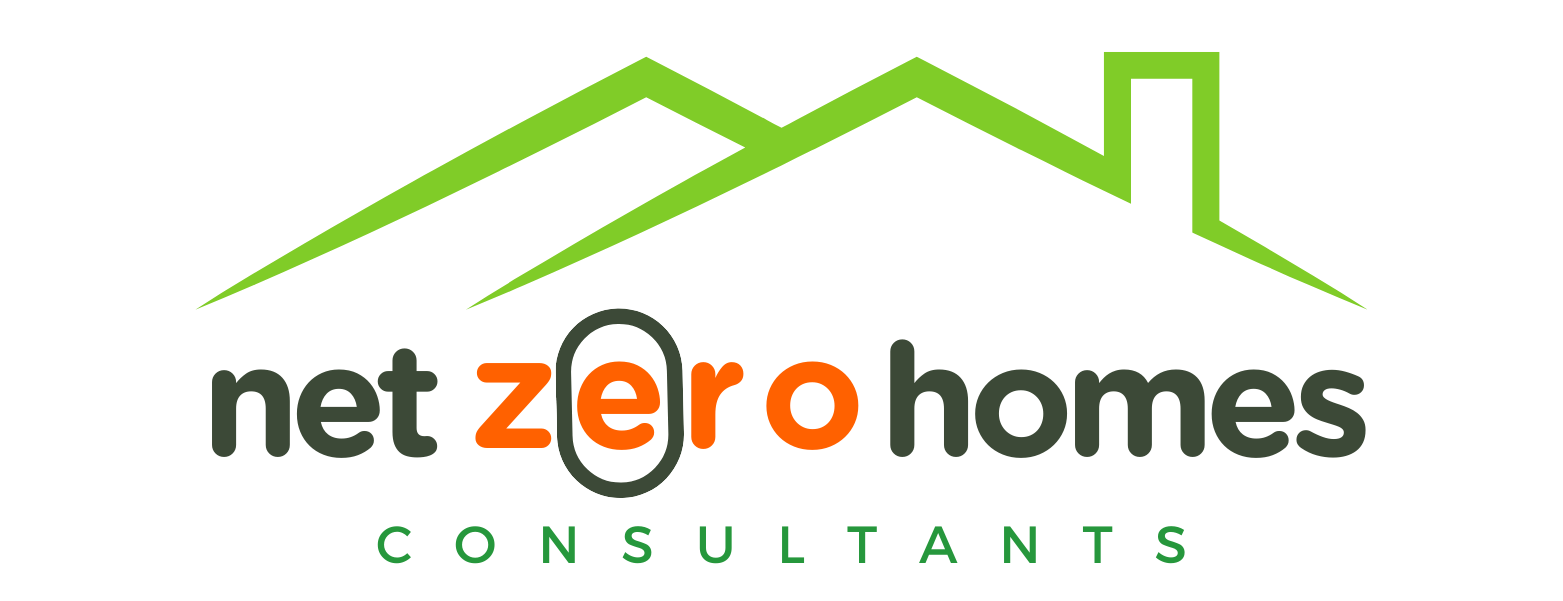

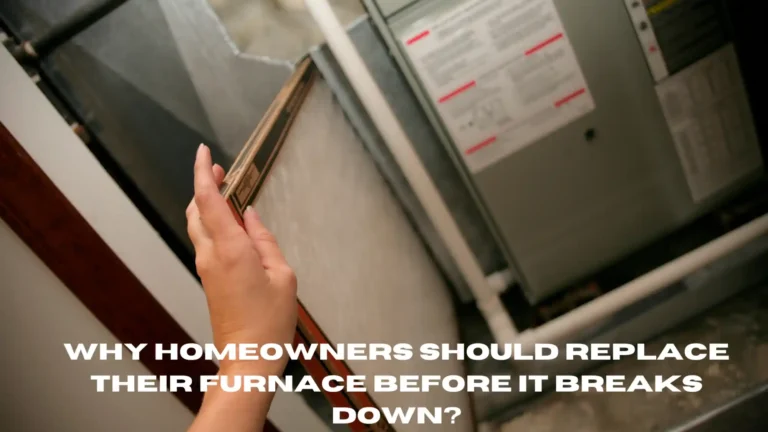
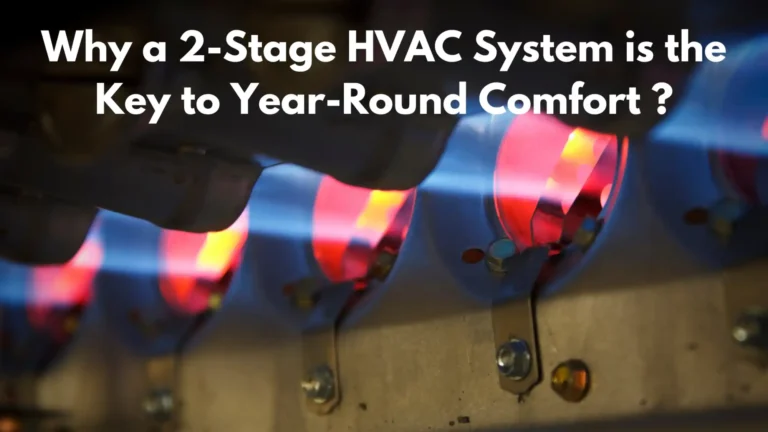

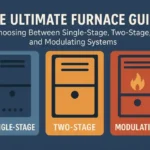


It’s great that you are getting thoughts from this
paragraph as well as from our argument made at this place.
Why users still use to read news papers when in this technological globe
everything is available on net?
Yes! Finally something about solar water heater Malaysia.
The comparison between single-stage, two-stage, and modulating furnaces was so clear. Does it make choosing the right system much simpler?